Site Images
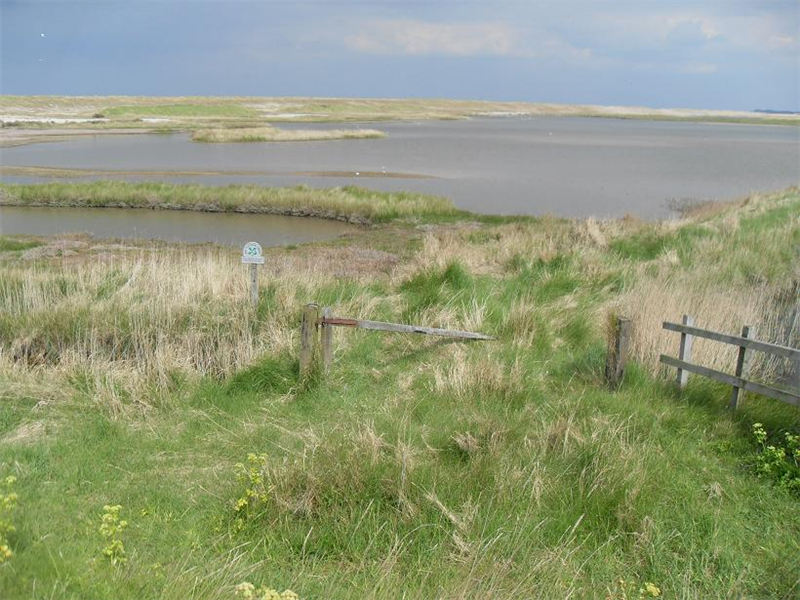
Cley - Arnolds marsh
view
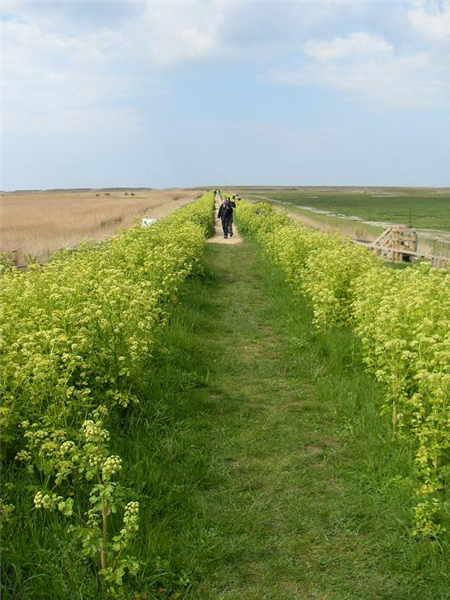
Cley - East bank
view
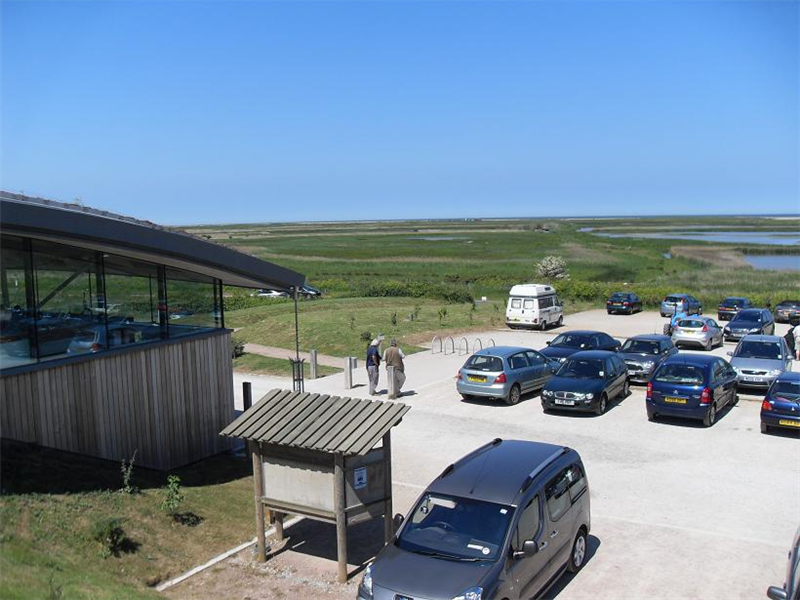
Cley - Visitor centre and marshes
view
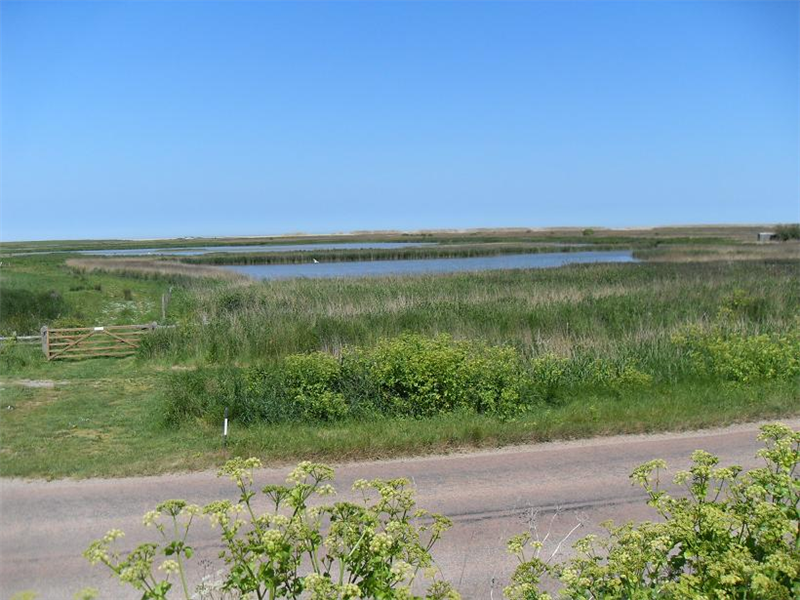
Cley - Richardson's Scrape & Pat's Pool
view
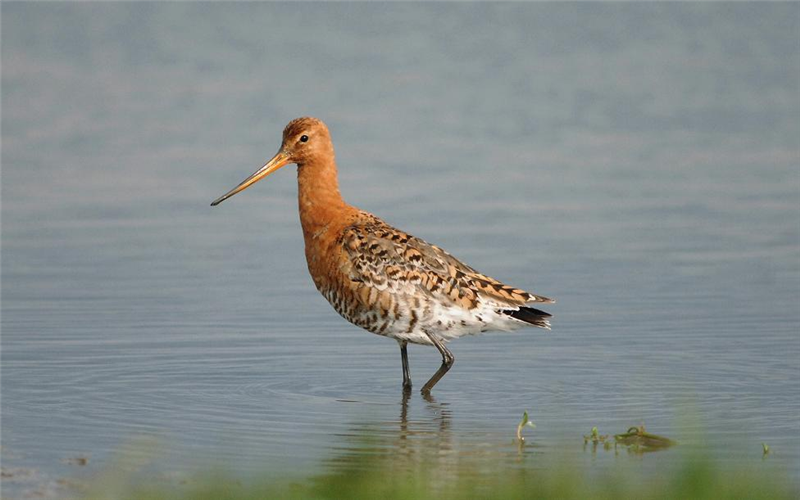
Black-tailed Godwit at Cley by Julian Bhalerao
view
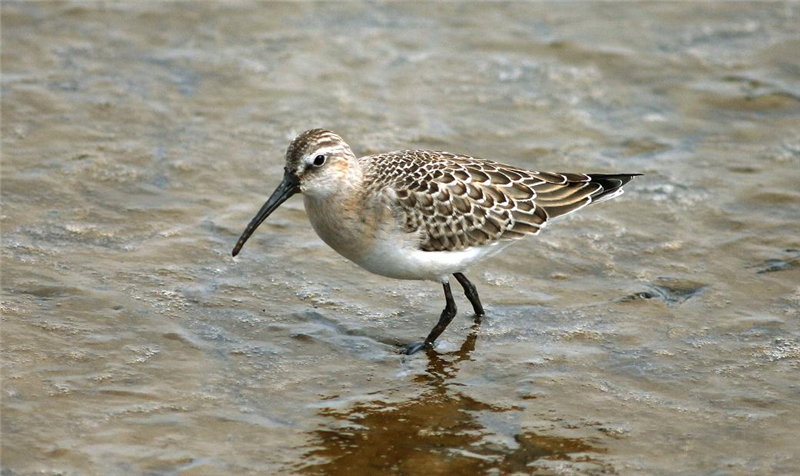
Curlew Sandpiper at Cley by Julian Bhalerao
view
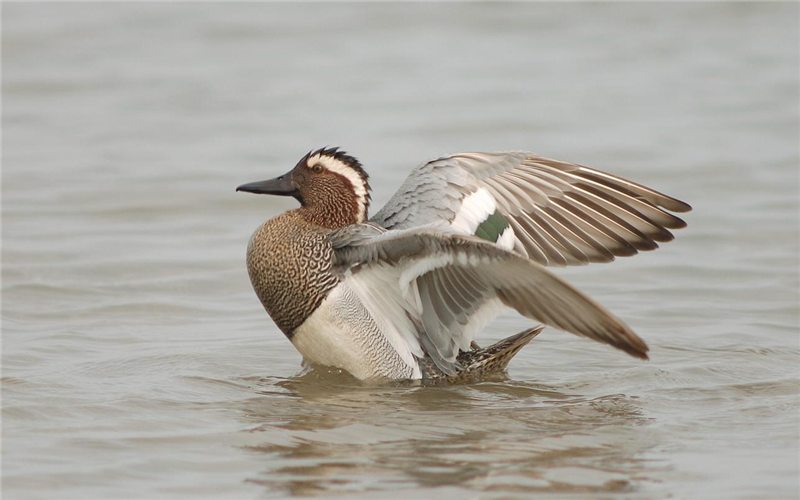
Garganey at Cley by Julian Bhalerao
view
Summary
The most famous nature reserve in Norfolk if not the country.
Location
-
TG053440
-
52.954073, 1.054756
This Norfolk Wildlife Trust site is the most famous nature reserve in Norfolk and needs little introduction. It has extensive reed beds, lots of viewing hides, raised footpaths and large fresh water lagoons & scrapes. These make the reserve a magnet for birds and bird watchers alike.
The reserve is excellent for breeding and passage wading birds, breeding Marsh Harriers and Bearded Tits. In recent years the summer months have produced a flock of Spoonbills, in 2009 this reached 19 in number, a fabulous site. Cley boasts a list of scarce and vagrant birds as long as your arm and the visitor centre has one of the best views of any in the county with a panorama of the whole reserve.
Leaving the visitor centre you can take a short walk to Bishops Hide to view Pat’s Pool, the light is usually good here for photography. Alternatively walk down to the Daukes Hide complex made up of three hides to view Pat’s pool and Simmond’s Scrape. The East Bank is usually good for sightings of Bearded Tits on a calm day and Reed and Sedge Warblers at the right time of year. At the north end you can view Arnold’s Marsh to your right - this is excellent for waders at all times of year and terns in summer. The West Bank can also be good especially around the sluice, look towards Blakeney Marshes for pipits and possibly Jack Snipe in winter. Looking back over the reserve you will see the south section of the Eye Field which often contains feeding wagtails and Wheatears in spring and flocks of geese in winter.
Cley Coastguards used to have a café and toilet block but unfortunately this was washed away in late 2007. The only permanent building left is the shelter locally known as the beach hotel! This has traditionally been a good spot to sea watch from (you get some shelter from the wind and the shingle bank was low enough to see over), but it was damaged by the storm surge in December 2013 and has subsequently been closed off. Birds seen are very similar to Sheringham but often closer in, the trade off is the lack of shelter and comfort. Walking east from here the Eye Field is good for Wagtails, Wheatears and Pipits. The North Hide, situated between the end of East Bank and the Coastguards car park, was also destroyed by the storm surge. At present, there are no plans to replace it, but the North Scrape can still be viewed from the site of the old hide. It is south-facing so usually best visited early and late in the day before the sun is too high. The beach car park is also the starting point for the walk out to Blakeney Point.
Target Species
Bearded Tit, Marsh Harrier, Avocets, passage wading birds, seabirds and rarities of all shapes and sizes.